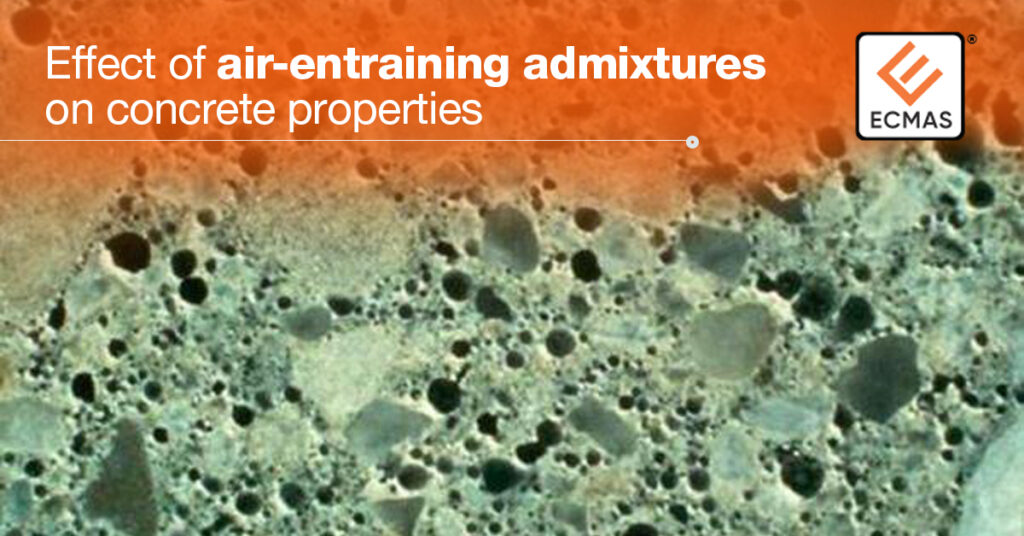It’s that time of year when winter has arrived in many places in the world. Applying an epoxy floor coating will protect your flooring from scratches and other damage. If you plan to apply an epoxy flooring coating during the cold winter months, you must consider the impacts of low temperatures when storing materials, applying the coating, and curing. Here are some tips for applying an epoxy floor finish in cooler weather.
Warm it Up Before Use
Warming the resin, hardener, and workspace before using it will make it much simpler to pour and operate. The ideal method is to keep the resin indoors before use and then carry it in the vehicle under a heating outlet. Similarly, make a hot box that will maintain the resin at an optimal temperature of no more than 30 °C. You may use it on the project.
Get the Right Ratio
In contrast to polyester resin, adding an extra hardener does not speed up the process. Every job requires the same ratio, which is usually 5:1. The specific hardeners have different ratios. As shown with this particular package, all of the necessary information can be found on the back of the tin. Changing this ratio will weaken the final bond, so forget about “tweaking” the catalyst in polyester and stick to the epoxy ratio. All of the work will be done for you by the adjusted pumps.
Mix it well in Small Pot
The estimated epoxy resin and hardener will have to be mixed well but when it’s colder, more time should be spent making sure the two chemicals are properly added to one another. A better option is to use a smaller pot than normal to allow the internal heat created by the exothermic chemical reaction to flow more freely through the mix. To verify that all of the resin and hardener have been mixed in, insert the mixing stick into the corners.
Warm Up the Surfaces
Surfaces on an outside building project may be chilly and wet. The cold will cause the molecular bonding of the mixed epoxy to slow down, and moisture may damage the applied coating. The simplest way is to use lights, portable heaters, or an electric hot air cannon to generate heat. This plywood combination is being warmed before being cut open to create a built-in water tank.
Clean the Amine
The heat of the reaction quickly disappears when rolling epoxy over a cold surface in cold weather, so the cure may take longer than usual. This allows the epoxy time to absorb any moisture in the air and form an “amine blush” on the finished surface. This blush seems to be a coating of condensation and should be wiped away with freshwater, let to dry, and then properly polished. The sanding will improve the bonding surface area and provide an improved mechanical “key” for the next layer.
Every season carries its own set of challenges. With the right information and planning, you may achieve year-round success. If you have any queries, consult ECMAS Group and get a complete solution. We will help you get a successful outcome in all your epoxy applications.




